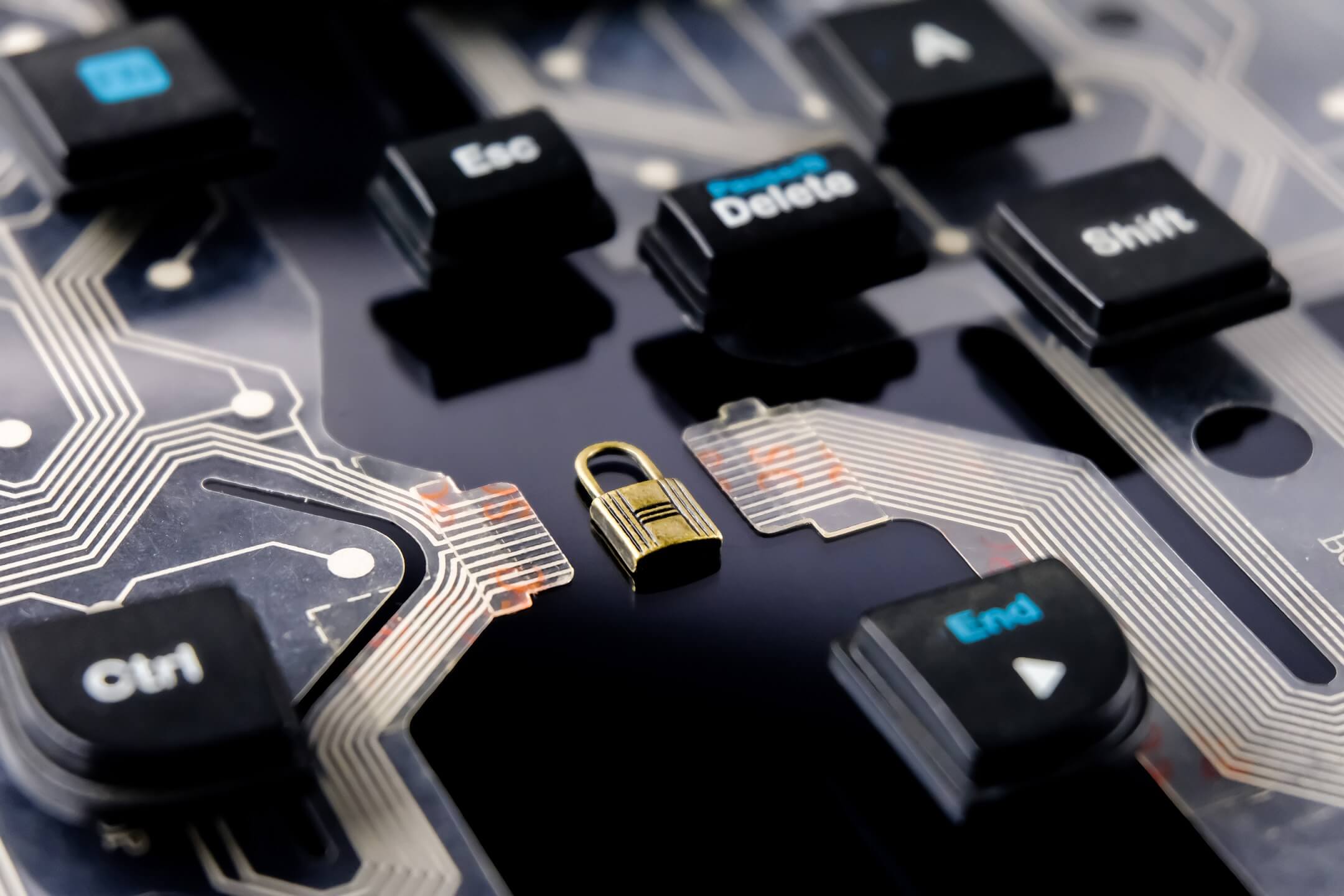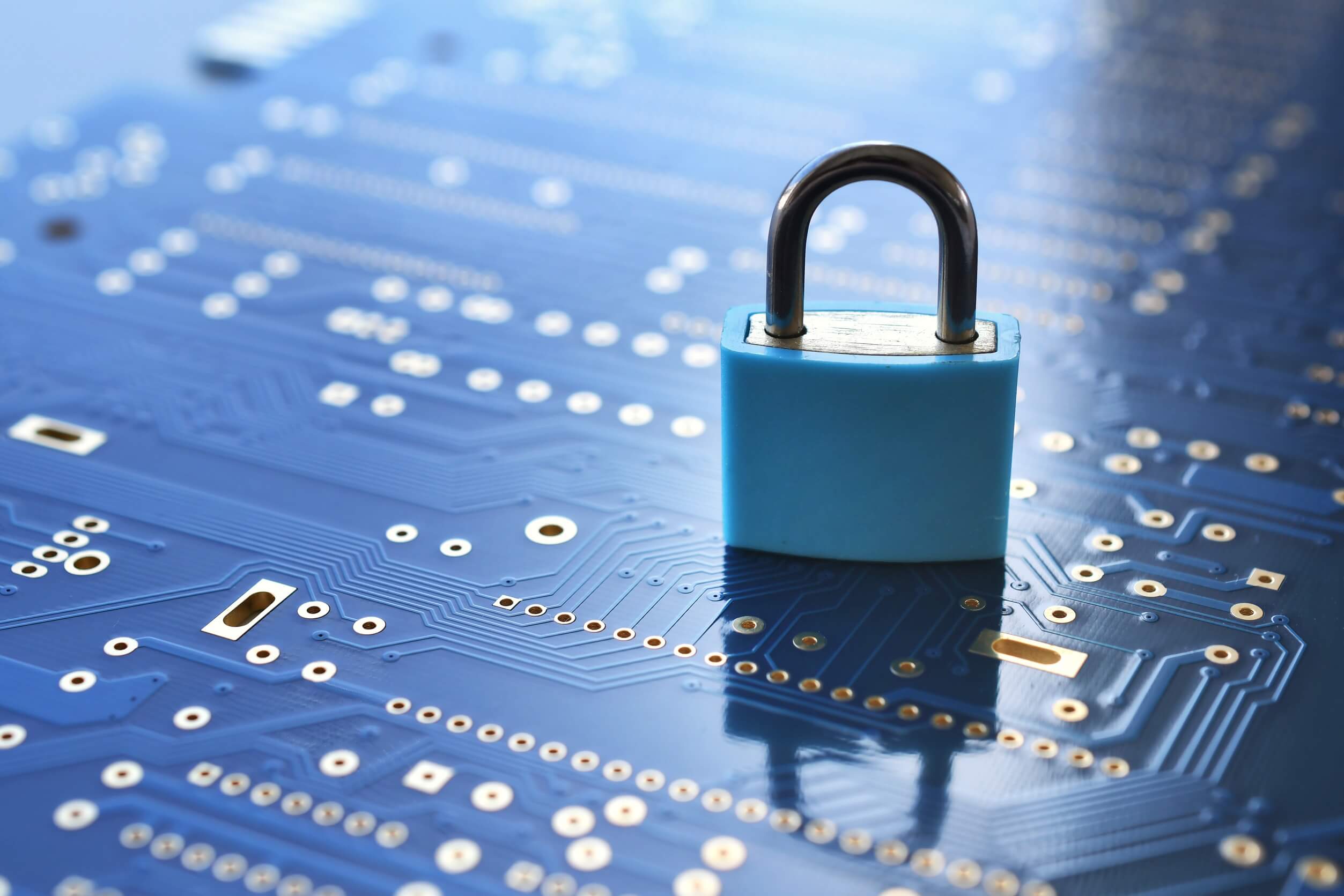In today’s interconnected digital landscape, cybersecurity incidents are no longer a matter of “if” but “when.” At Fortress Solutions Group, we understand that effective incident detection and response capabilities form the backbone of a robust security program. This blog explores the critical elements of identifying security breaches and executing an effective response strategy.
The Evolving Challenge of Incident Detection
The cybersecurity landscape has grown increasingly complex, with threat actors employing sophisticated techniques to evade detection. Traditional perimeter-based security approaches are no longer sufficient. Modern incident detection requires a multi-layered approach that combines advanced technologies with human expertise.
Signs of Compromise to Monitor
Effective detection begins with knowing what to look for. Common indicators of compromise include:
- Unusual network traffic patterns or data transfers
- Unexpected system changes or configuration modifications
- Anomalous user behavior or access attempts
- Suspicious process execution or privilege escalation
- Unexplained resource utilization spikes
- Irregular authentication events
Organizations must deploy detection mechanisms across their environment to capture these signals effectively.
Building a Robust Detection Framework

A comprehensive detection strategy leverages multiple approaches:
Security Information and Event Management (SIEM) solutions aggregate and correlate security data from across your infrastructure, providing centralized visibility and automated alerting capabilities.
Endpoint Detection and Response (EDR) tools monitor endpoint activities in real-time, detecting suspicious behaviors that might indicate compromise.
Network Traffic Analysis (NTA) examines network communications to identify command-and-control traffic, data exfiltration attempts, and other malicious network activities.
User and Entity Behavior Analytics (UEBA) establishes baselines of normal behavior and flags deviations that might represent account compromise or insider threats.
The most effective detection frameworks integrate these technologies with threat intelligence feeds to stay current with evolving attack methodologies.
The Incident Response Lifecycle
When an incident occurs, a structured response approach is critical. At Fortress Solutions Group, we recommend following these key phases:
1. Preparation
Effective incident response begins long before an incident occurs. Preparation includes:
- Developing comprehensive incident response plans
- Defining roles and responsibilities for response team members
- Establishing communication protocols
- Conducting regular tabletop exercises and simulations
- Implementing and testing backup and recovery systems
2. Identification
Once a potential incident is detected, the response team must quickly determine its scope and impact. This involves:
- Validating alerts to confirm genuine security incidents
- Identifying affected systems and data
- Assessing the potential business impact
- Determining the incident severity and classification
3. Containment
Containing an incident prevents further damage while enabling investigation. This typically involves:
- Isolating affected systems from the network
- Blocking malicious IP addresses or domains
- Disabling compromised accounts
- Implementing temporary workarounds to maintain business operations
4. Eradication
Once contained, the threat must be removed from the environment:
- Removing malware and unauthorized access mechanisms
- Patching vulnerabilities that enabled the incident
- Rebuilding compromised systems from trusted sources
- Resetting credentials for affected accounts
5. Recovery
After eradication, systems must be restored to normal operations:
- Restoring data from clean backups
- Bringing systems back online in a phased approach
- Verifying functionality and security before full restoration
- Implementing additional monitoring during the recovery period
6. Lessons Learned
Perhaps the most valuable phase is the post-incident review:
- Documenting the incident timeline and response actions
- Identifying what went well and areas for improvement
- Updating detection capabilities to prevent similar incidents
- Enhancing response procedures based on experience
- Sharing sanitized information with industry partners when appropriate
Technology Enablers for Effective Response
Several technologies have transformed incident response capabilities:
Automated Response Playbooks enable consistent, rapid execution of containment and remediation actions, reducing response time from hours to minutes.
Threat Hunting Platforms allow security teams to proactively search for threats that have evaded automated detection.
Digital Forensics Tools support thorough investigation of incidents, preserving evidence and establishing attack timelines.
Case Management Systems organize incident information, track response activities, and facilitate collaboration among team members.
Human Factors in Incident Response
While technology is essential, the human element remains crucial:
Cross-Functional Collaboration between security, IT, legal, communications, and business teams ensures comprehensive response.
Executive Engagement during significant incidents provides necessary authority for response actions and resource allocation.
Regular Training keeps response teams current with evolving threats and response techniques.
Psychological Resilience helps team members maintain effectiveness during high-stress incident situations.
Measuring Response Effectiveness
Key metrics to evaluate your incident response program include:
- Mean Time to Detect (MTTD): How quickly incidents are identified
- Mean Time to Respond (MTTR): How rapidly containment begins
- Mean Time to Recover (MTTRec): How quickly normal operations resume
- Recurrence Rate: How often similar incidents repeat
Conclusion
As cyber threats continue to evolve in sophistication and impact, organizations must continuously enhance their detection and response capabilities. At Fortress Solutions Group, we help clients build resilient security programs that can identify threats quickly and respond effectively, minimizing damage and protecting critical assets.
Remember that incident response is not a one-time implementation but an ongoing process of improvement. By investing in both technology and people, organizations can develop the security resilience needed to weather the inevitable storms of today’s threat landscape.



